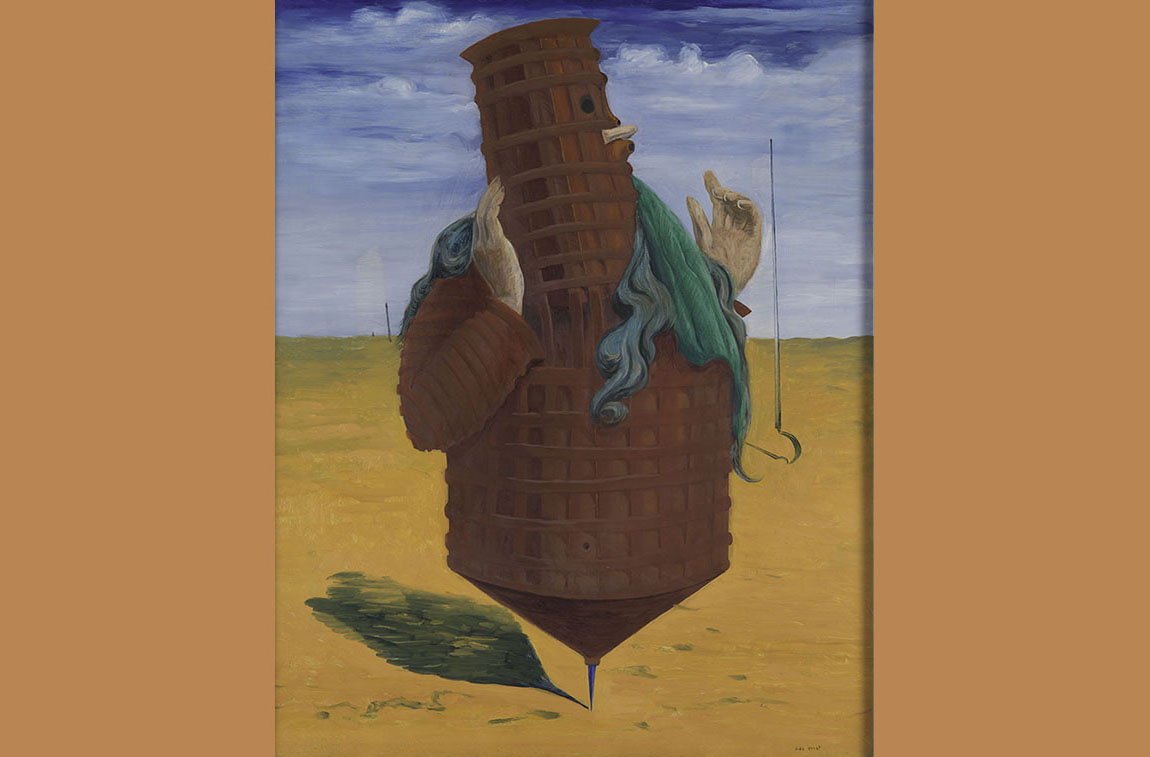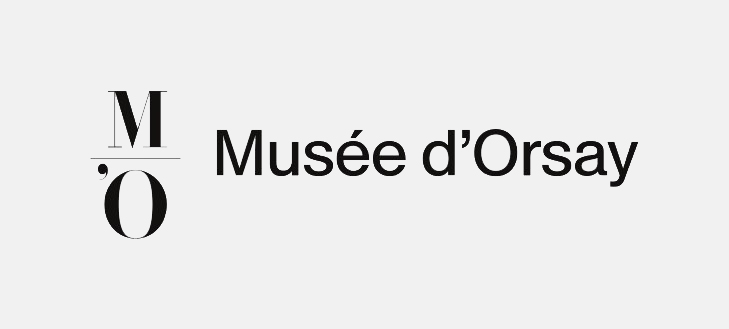
Ubu painter. Alfred Jarry and the arts

The first performance of Ubu Roi, by Alfred Jarry, in 1896, was a scandal. It dealt with an exaggerated and cruelly comic character that would later become a myth: “King of Poland, that is to say, from nowhere”, an “henorme” tyrant with greed, an infamous glutton and his “merdra”, which lets out all 6 letters from the first line. Thanks to this character, Jarry became famous at a very young age and even became a kind of celebrity. He adopted, in the most unforeseen circumstances, the role of Ubu with his accent, his extravagances, his manners, etc. That same year he wrote Gestes et pinions du Dr. Faustroll, pataphysicien, a work that would not appear published until 1911. In it, Jarry defined ‘Pataphysics’ as “the science that is added to metaphysics, either in itself or outside itself, and extends beyond it, as far as the latter is from physics [...] Pataphysics is the science of imaginary solutions that attributes to symbolic mental lines the properties of objects described by their virtuality”. When Jarry died in the Charité hospital in 1907 at the age of thirty-four, he left behind a dense literary body of work. Although he wrote about painting with great difficulty, Jarry was passionate about it, even creating his own works in this field – something that did not fail to attract the attention of Guillaume Apollinaire.
In addition to the woodcuts with which he illustrated his publications, Jarry is known for numerous drawings and some oil paintings. Among the artists who became interested in him to the point of becoming friends were Henri Rousseau, Paul Gauguin and Charles Filiger. He also maintained friendships with the artists Édouard Vuillard and Pierre Bonnard, as well as Félix Vallotton, who illustrated some of his works. After Jarry's death, another artistic group took over, such as Jean Puy and Georges Rouault, who illustrated several books by Ambroise Vollard about Ubu.
The Surrealists maintained a deep and ambitious relationship with the character of Ubu and assigned him a privileged place in their iconography. In 1923, Max Ernst painted Ubu Imperator transformed into a kind of blast furnace built with bricks. Three years later, Marcel Duchamp made Anemic Cinema with Man Ray and Yves Allégret. In 1937, the entire Surrealist group mobilised for the first performance of Ubu Enchaîné, directed by Sylvain Itkine, with decorations by Max Ernst. The brochure published on that occasion brought together drawings by Yves Tanguy, Joan Miró, René Magritte, Man Ray and Pablo Picasso. The latter's admiration for Jarry, whose manuscript he possessed, Ubúbanyut, a text that, according to certain testimonies, he knew almost completely by heart, should not be underestimated, and which played a fundamental role in the genesis of his own work Le désir attrapé pour la queue, which he wrote in 1941.
In the years following the Second World War, it is important to highlight the importance of the creation of the College of Pataphysics, which played a fundamental role in the study and dissemination of Jarry's work. The college presented itself as a "society of erudite and useless research". Among its members are the painters Marcel Duchamp, Man Ray, Joan Miró, Max Ernst, Jean Dubuffet, Asger Jorn, the filmmaker René Clair, the mathematician François Le Lionnais, the explorer Paul-Emile Victor and the poets and playwrights Jacques Prévert, Raymond Queneau, Boris Vian, Michel Leiris, Georges Pérec and Jean Ferry. In fact, it was throughout the 20th century that numerous artists used Ubu in their works.
The exhibition Ubu painter by Alfred Jarry that we are presenting will not only gather together the works of Alfred Jarry collected in different materials such as books, magazines, graphic works and drawings, but will also put on the table the transcendence of his legacy, which is maintained to this day. In this sense, it will bring together the work of the French playwright and that of the artists of his immediate circle such as Pierre Bonnard, Paul Gauguin, Henri Toulouse-Lautrec, Charles Filiger and the Nabís. It will include a special section that will deal with the impact of the playwright on the surrealist generation: André Breton, Antonin Artaud, Pablo Picasso, Joan Miró, Max Ernst, Victor Brauner and Dora Maar. Another important moment in this context and which will have a special space will focus on the creation of the College of Pataphysics (Collège de Pataphysique) with artists such as Jean Dubuffet, Enrico Baj and Asger Jorn. The exhibition will have a chapter dedicated to contemporary artists such as Robert Wilson and William Kentridge who explore the validity of the themes that Jarry dealt with in his work with despotic, corrupt and totalitarian characters.
The exhibition, which will occupy both floors of the Palau Finestres of the Museu Picasso in Barcelona, aims to show Jarry's scope in a complete and extensive way, so it will bring together loans from both public and private collections in Europe and the United States.
A final and no less important aspect that the exhibition will address is the reception of the play in Catalonia. Ubú rei was first performed in 1964, behind closed doors, within the framework of the Adrià Gual School of Dramatic Art. Pilar Aymerich directed it, doing the amateur translation and also a reportage of 36 photographs, some of which were published in Joan Segarra’s chronicle in La Vanguardia. Also notable is Mormi el Merma, a show that explores the theatrical personality of Ubú, conceived by the company La Claca and Joan Miró. On 7th June, 1978, Mori el Merma premiered at the Gran Teatre del Liceu in Barcelona. On 30th January, 1981, the Teatre Lliure premiered Operació Ubú, the second major adaptation in Catalonia of Jarry’s play after Mori el Merma. This is a production by the Teatre Lliure with Albert Boadella as guest set designer, most of the performers are part of the permanent company of the Lliure, els Joglars. The roles of the father and mother Ubu are played respectively by Joaquim Cardona and Anna Lizaran, while Fabià Puig is responsible for the set design and is in charge of the costumes and the making of the masks, receiving numerous compliments.
The project is accompanied by a publication that acts as a catalogue of the exhibition in four languages, with the aim of contributing to the knowledge of the figure of Alfred Jarry and his work. This publication aspires to become a reference catalogue, showing the pieces that will be present in the exhibition and extensive documentation on the subject. Being a fairly unpublished subject in our context, it is expected to have a significant influence and relevance at an international level.
The public programme aims to emphasise the relevance of Jarry's thought. In partnership with the Department of Education, a regional project is being proposed with the institutes that teach Baccalaureate in Performing Arts; with the Barcelona Institut de Taetre, a review or even some recreation of the legendary Ubu puppet performances; in addition to conversations and talks on the relevance of Ubu and the abuse of power in totalitarian systems.
With the exceptional support of:

With the collaboration of: MAE



